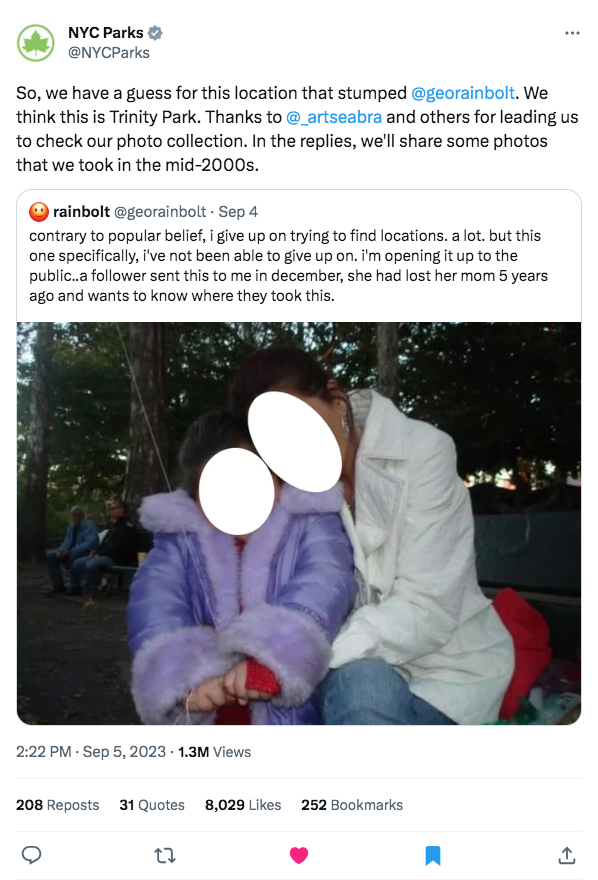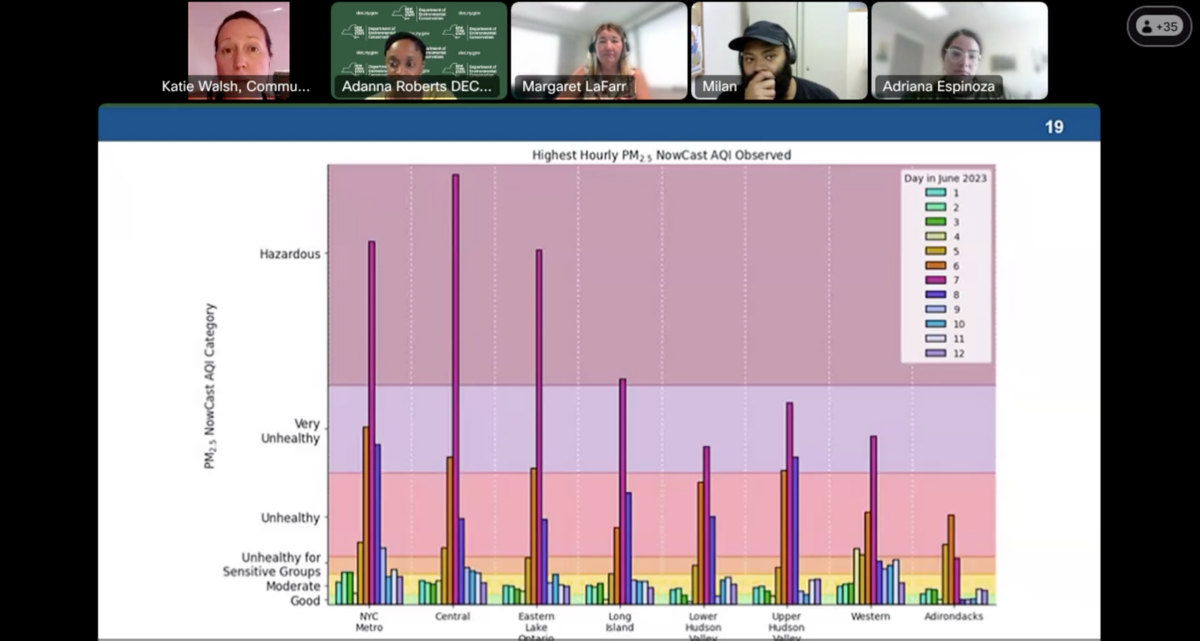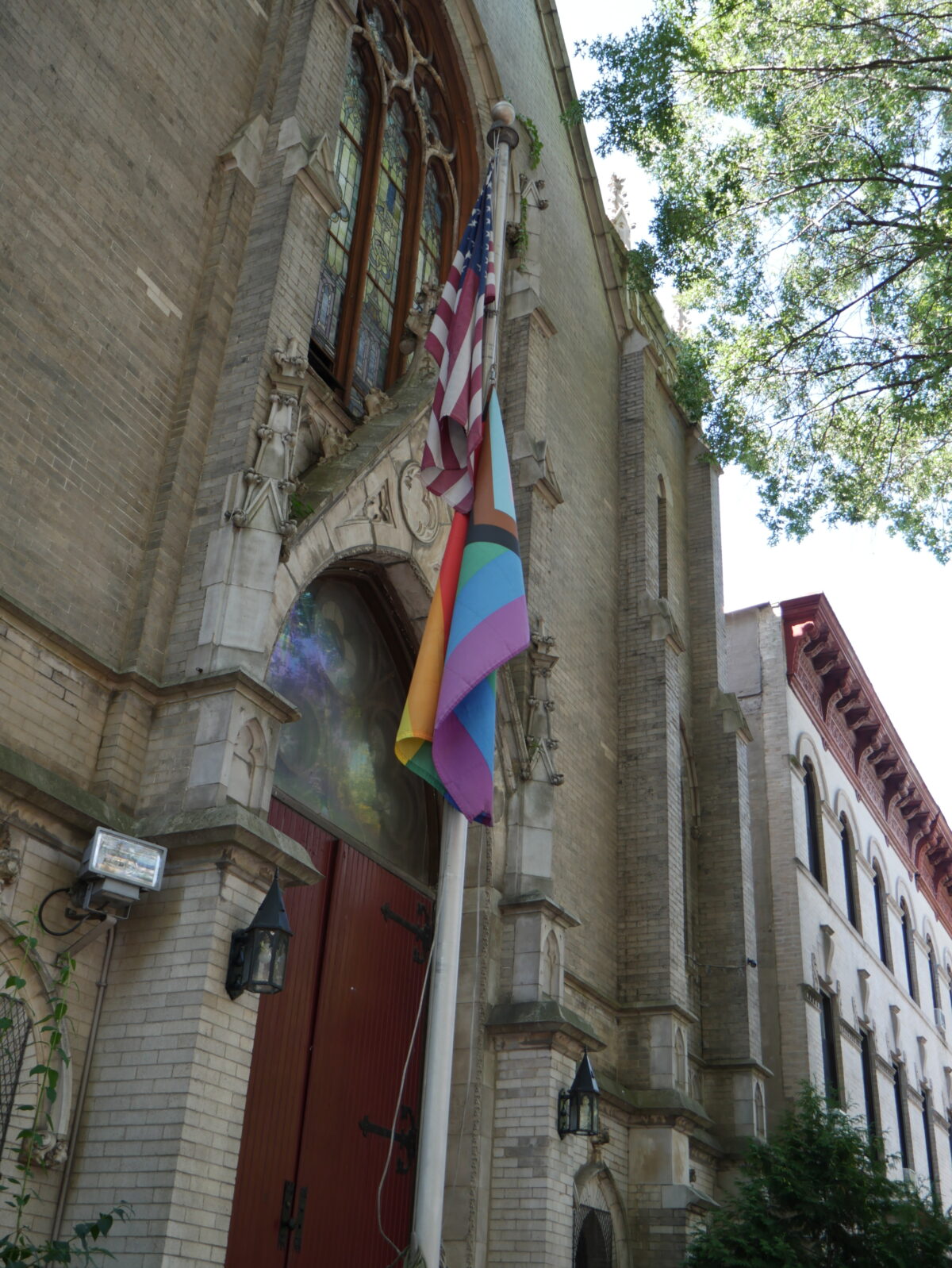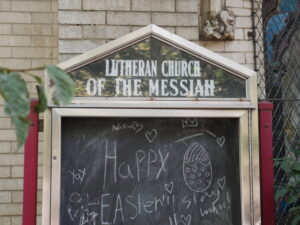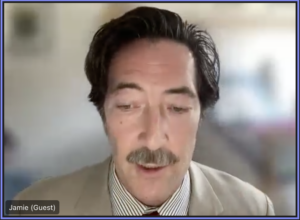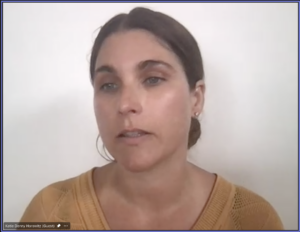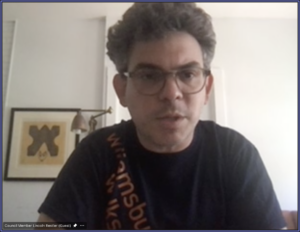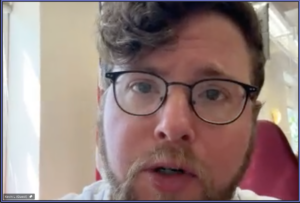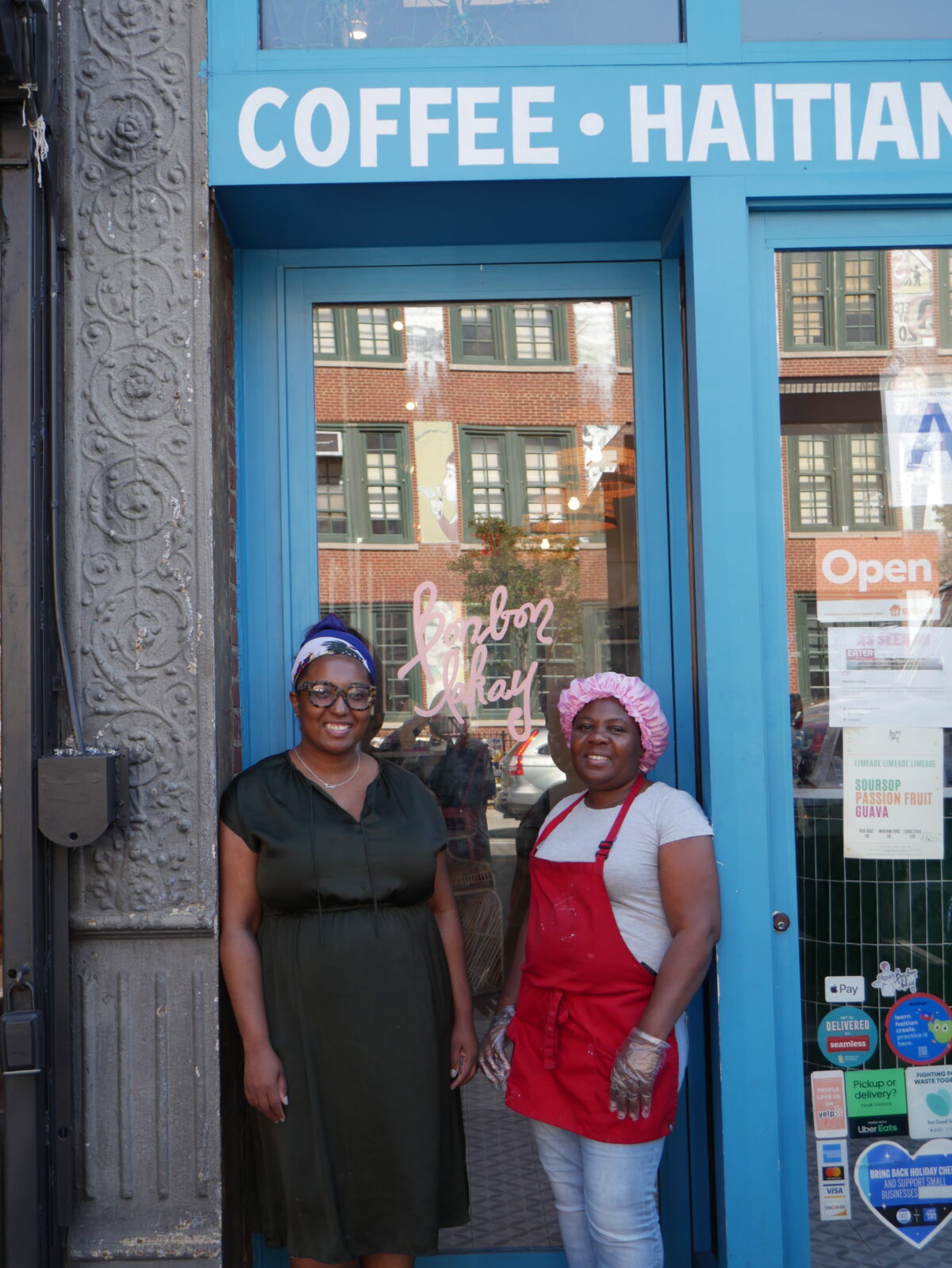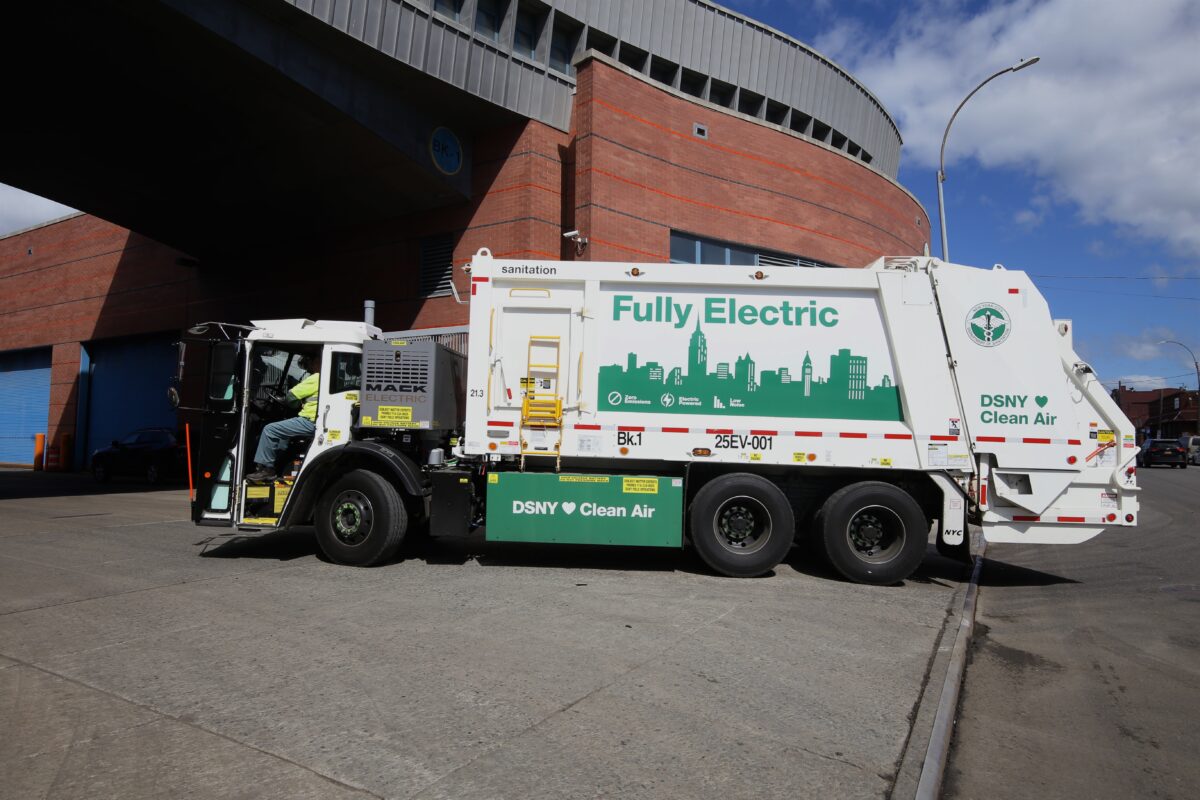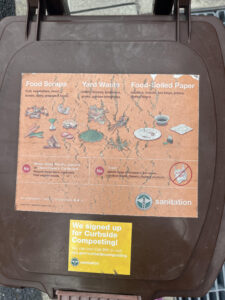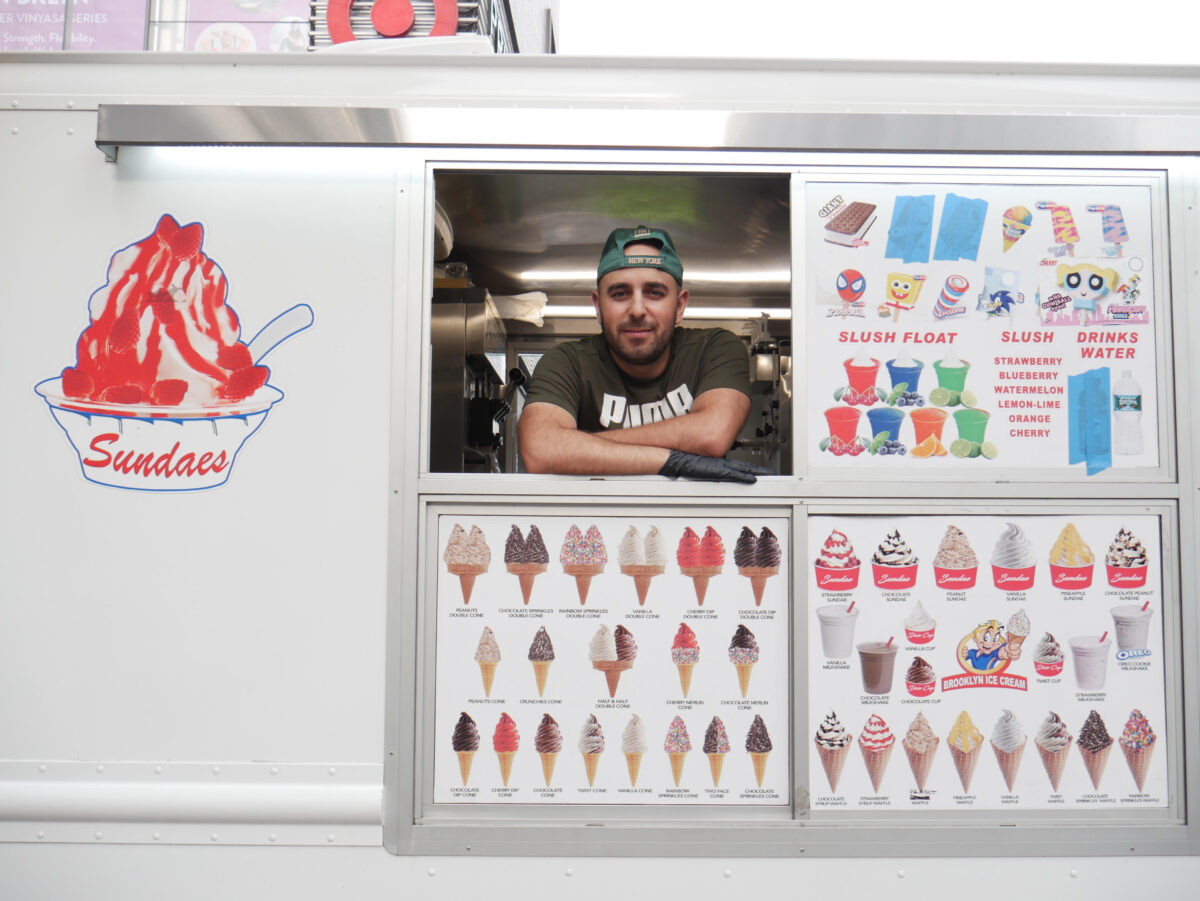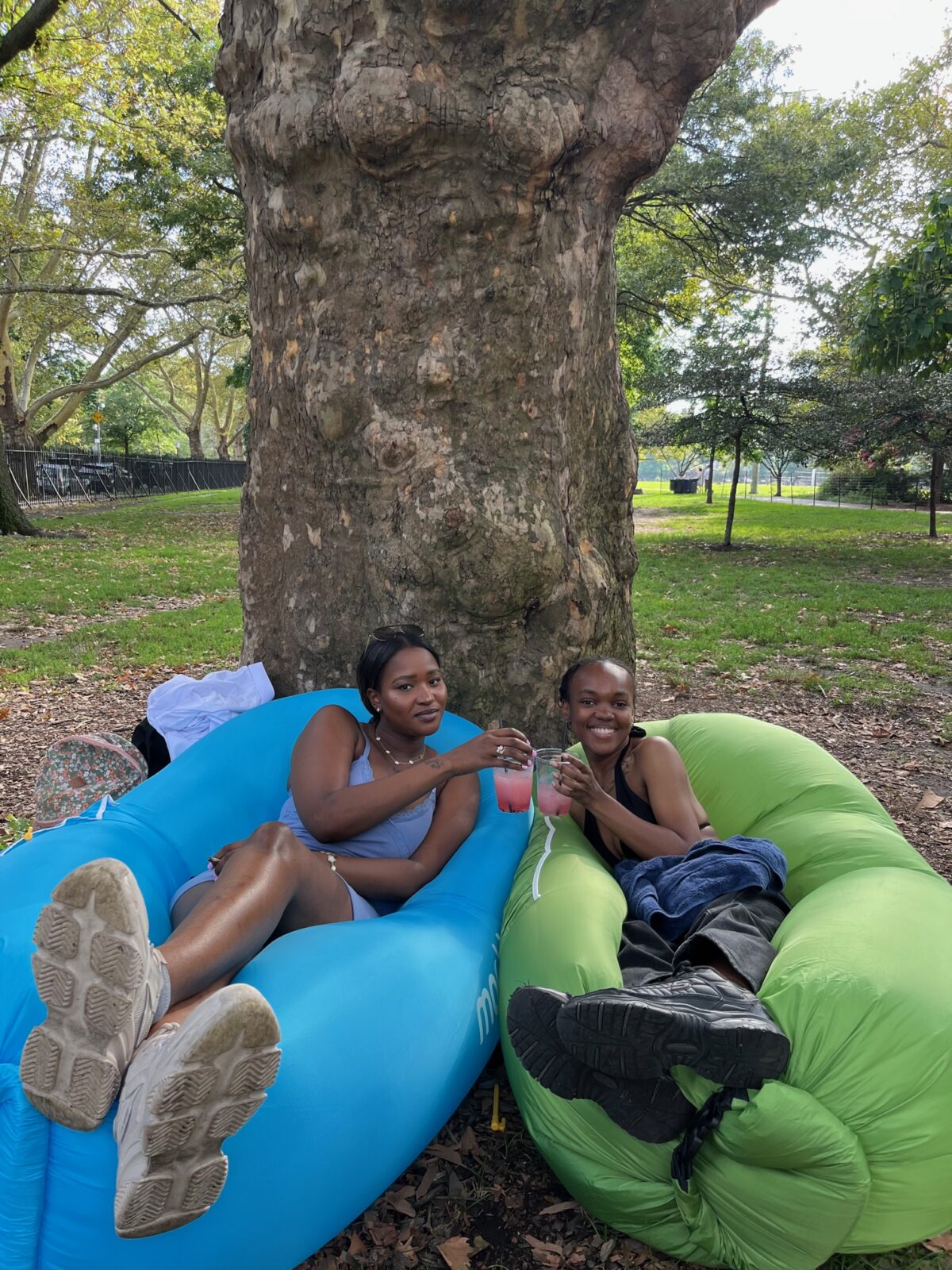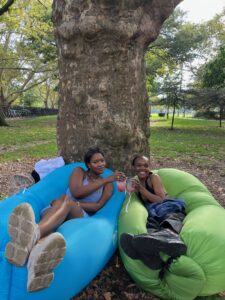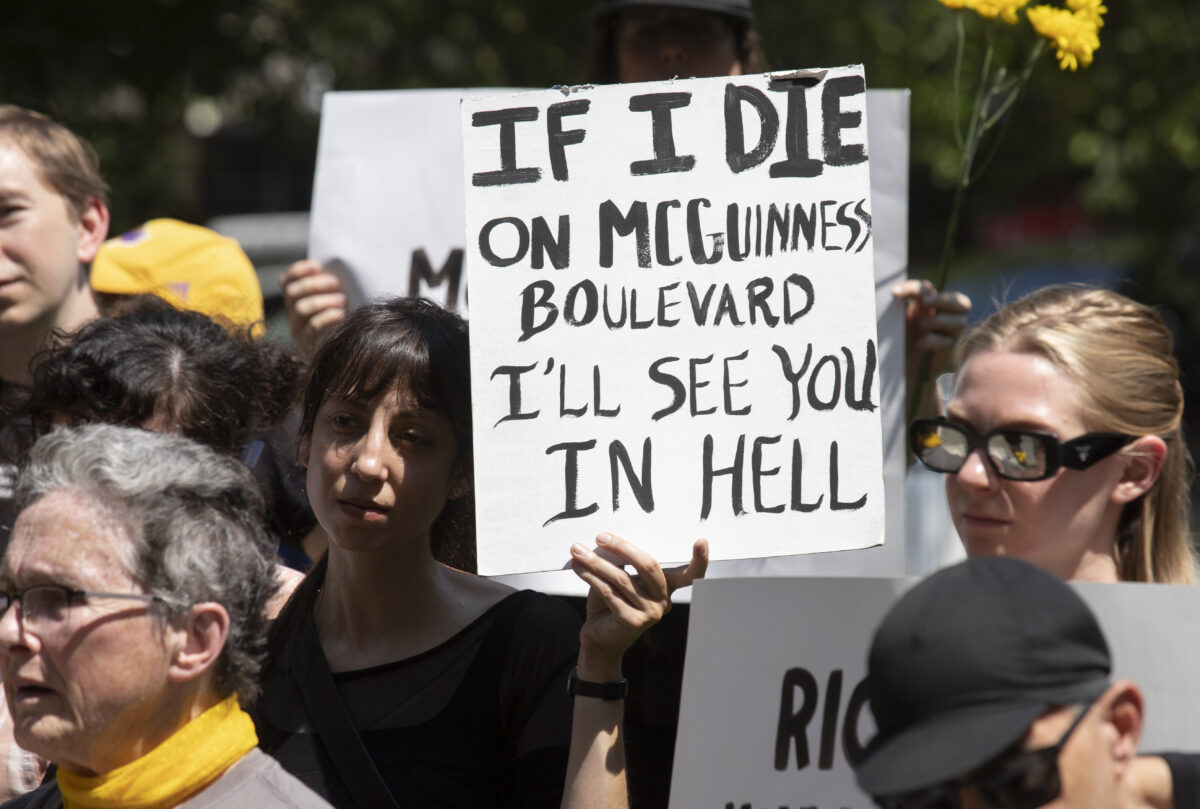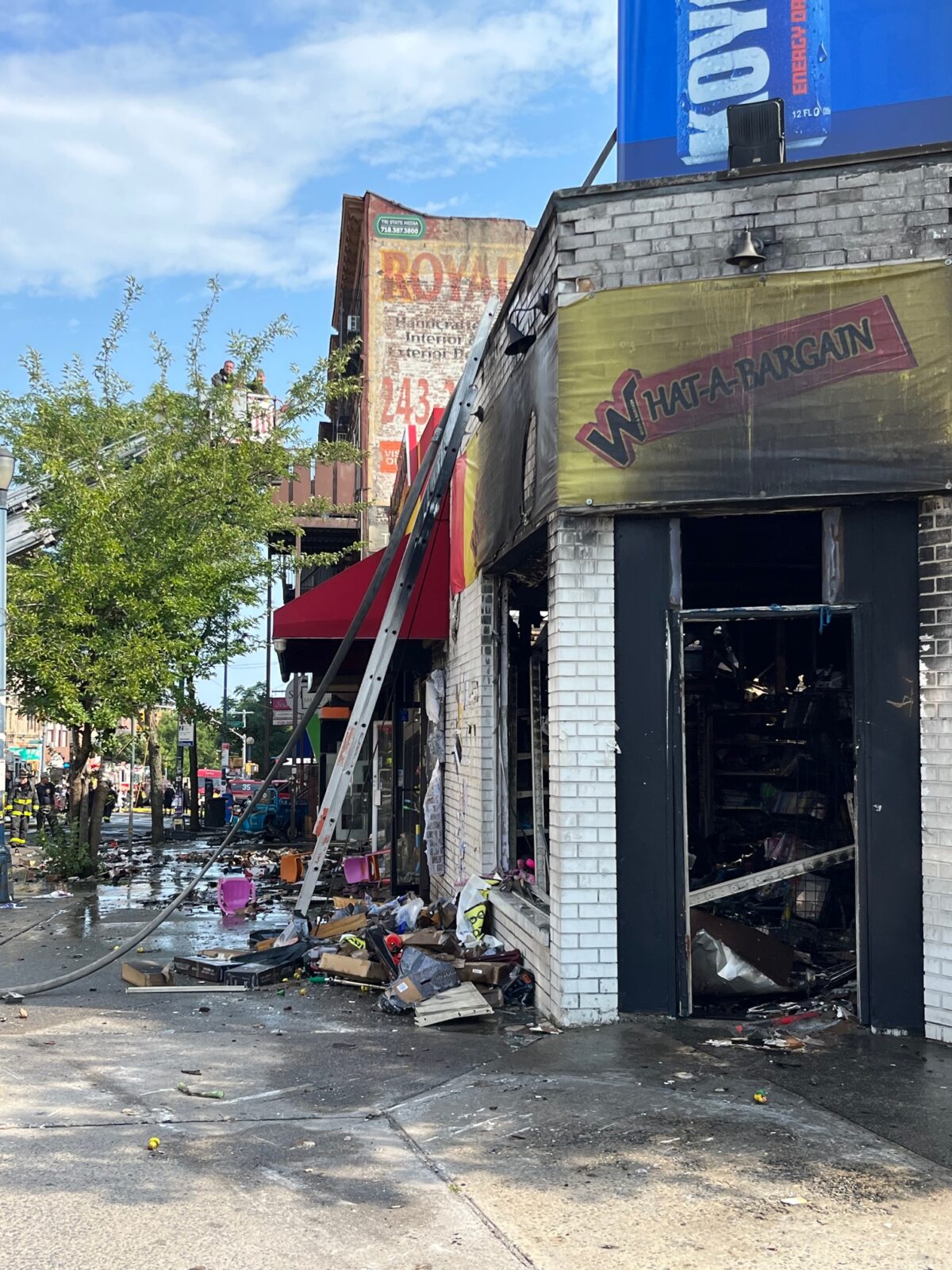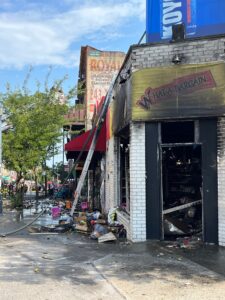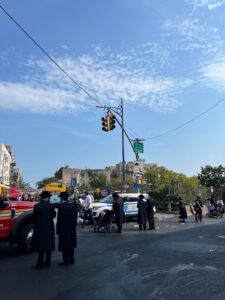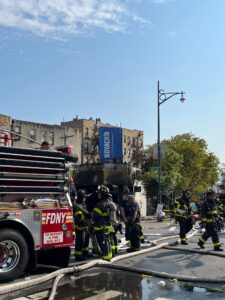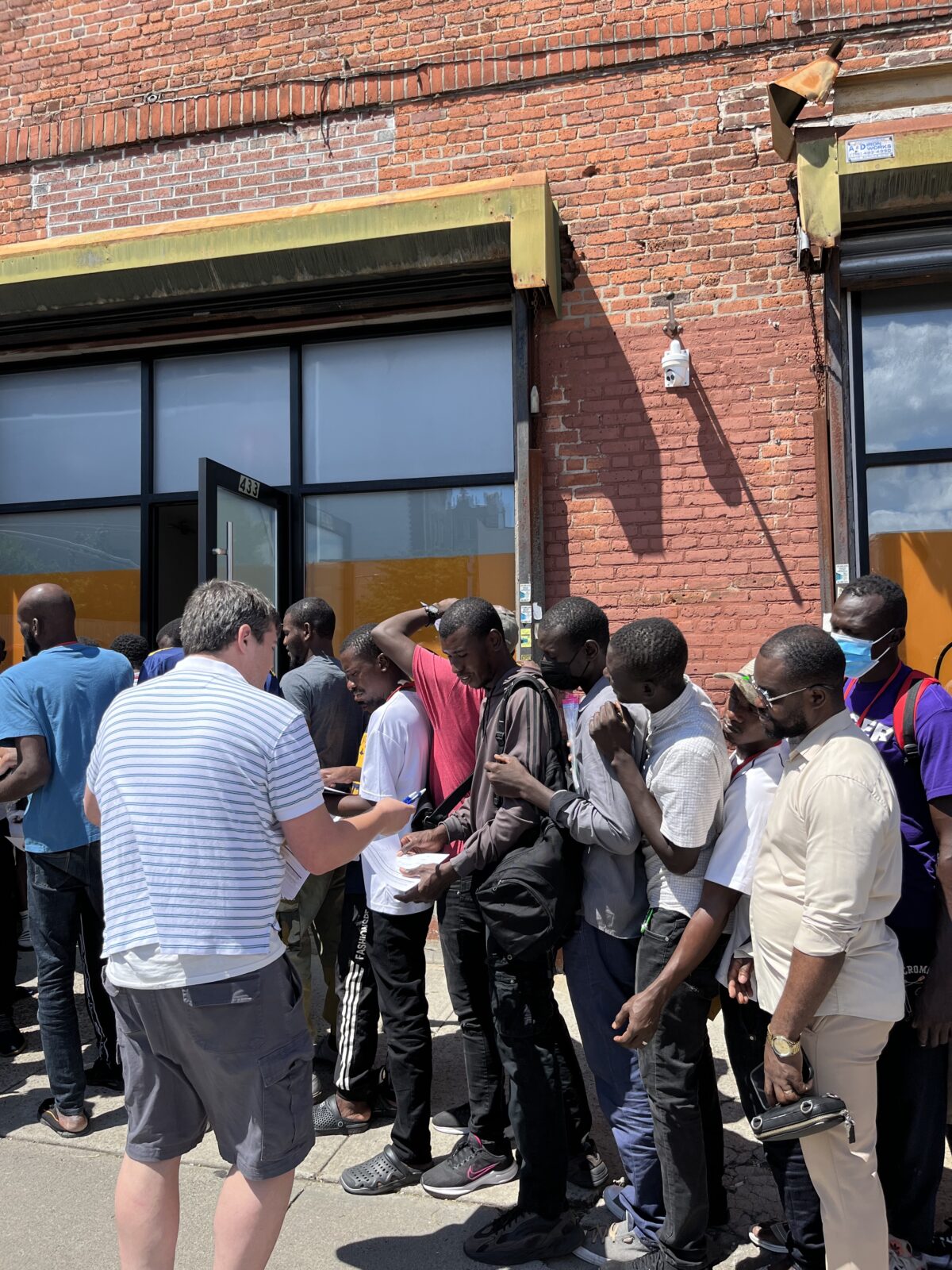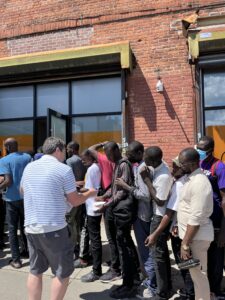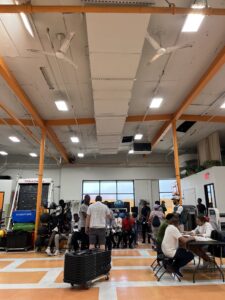Internet Geoguessers Come Together to Comb Brooklyn Parks
By Oona Milliken | omilliken@queensledger.com
Social media personality Trevor Rainbolt, known by his handle @rainbolt, has a knack for finding things. He has racked up over four million followers across TikTok, Twitter and Instagram by using Google Maps, public data, and even archival pictures to find locations of pictures and videos. However, rainbolt recently got stumped by an image a woman sent of her and her mother during her childhood and shared the image with his Twitter followers to see if someone might be able to find out where it was taken. From there, people pointed out that the New York City Parks Department might know more. Ian Lefkowitz, NYC Parks Deputy Director of New Media, said the picture was brought to their attention by interested community members.
“Essentially, we found out because we were tapped in by interested citizens,” Lefkowitz said. “There were a couple of comments saying ‘Maybe NYC parks knows.’ Obviously, it was already gaining a lot of momentum on social media, and came to our attention and as with every question we get on social media, we do our best to answer.”
Originally, some Twitter users believed that the picture might have been taken in Trinity Park, such as Art Seabra (handle @_artseabra)
who used NYC’s Trees Map to narrow down all the parks in the city to a particular species, the London planetree. In a video posted online, Seabra then attempted to use Google Maps to match the cityscape in the background of the photo to the area surrounding Trinity Park.
However, other people disagree. According to Lefkowitz, the park is now thought to be Owl’s Head Park in Bay Ridge, and have checked their records to confirm. Lefkowitz said one of the reasons that the area was so hard to find is because the park was hit hard by Hurricane Sandy and no longer looks like how it used to in 2009, when the picture was taken.
“There were a couple of people who said, ‘No, I believe this is Owl’s Head Park.’ One one of them actually pinged us and said, ‘Hey, can you check your records?’” Lefkowitz said. “I actually think those benches [in Owl’s Head Park] are exactly that area. The reason why it is so hard to find was that the area was impacted pretty heavily by Hurricane Sandy. It no longer looks like this.”
Ryan C., @RhinozzCode, an open-source investigator who declined to share their last name, said that the trees in the original picture were definitely not all London planetrees, and therefore could not match the location in Trinity Park. Ryan C. was one of the people who messaged the NYC Parks to dig a little deeper into the origins of the story. Over Twitter direct messages, Ryan C. said the little details of Trinity Park did not quite match up with the original photo, even though the big picture might.
“i’m an open-source investigator by trade, so i use the principles that i learned years ago often, and one of those is a two-part observation step…where you observe ‘big-picture details’ for easily ruling out locations and “fine details” for confirming them,” Ryan C. wrote via Twitter. “my major issue with rainbolt’s initial investigation was his reliance on the fact that the trees were london planetrees, and i concluded two of them were not.”
Lefkowitz said he was glad that people were getting involved in NYC park history.
“There are a couple of things that are very, really profound about this. One is that it’s just a demonstration of the impact that parks make in people’s lives, from the original photo to the chase, that hundreds of people were doing to track it down,” Lefkowitz said. “The photo shows that parks are these moments that last a lifetime. When your loved one is gone, you remember the time you spent in parks. It sounds corny, but you can see that the proof is in the photo.”
The identity of the woman and her mother in the original picture remains anonymous, and rainbolt declined to comment on the story.


